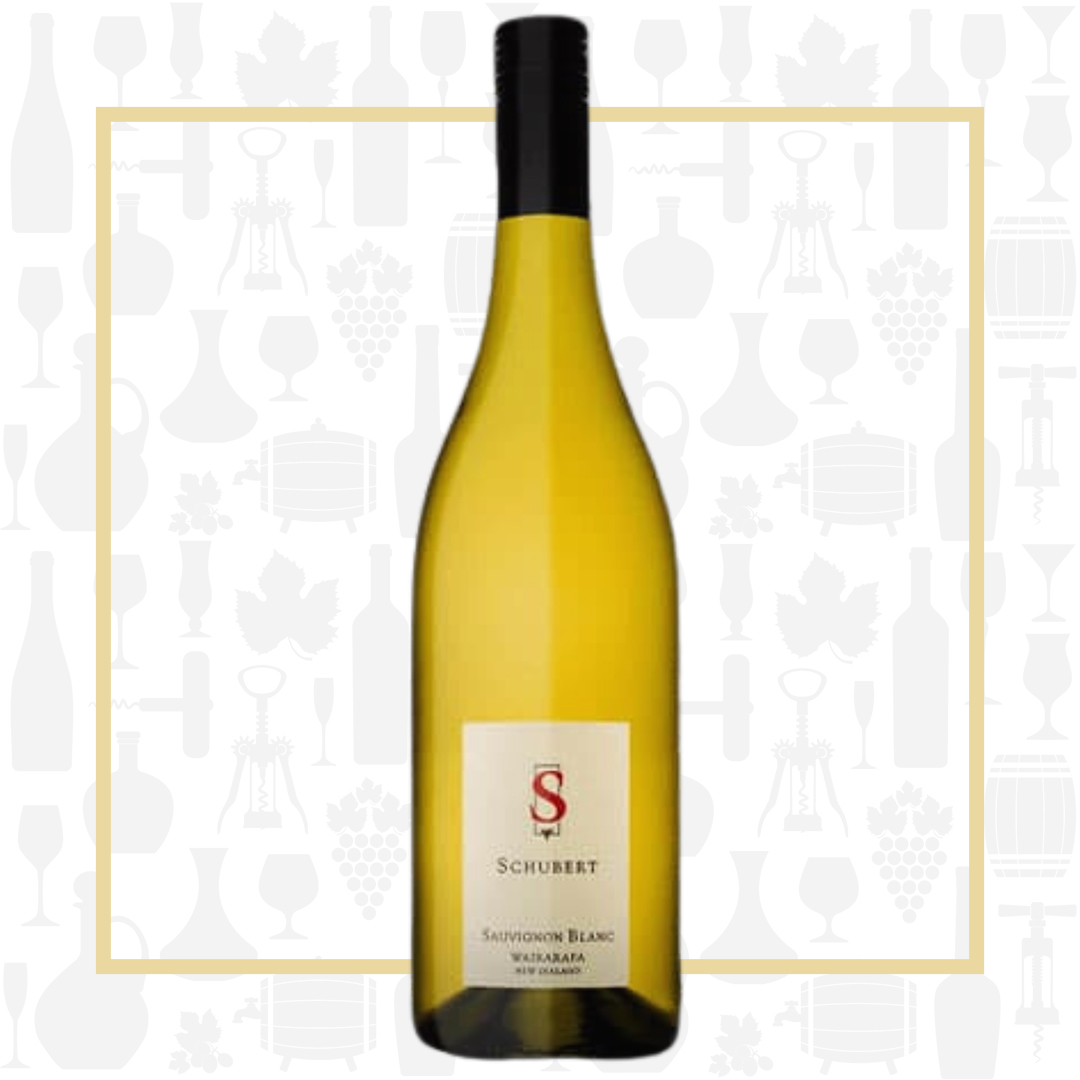Cellar Profile
Kai Schubert and Marion Deimling, both Geisenheim University Viticulture & Oenology graduates from Germany, established Schubert Wines in 1998. Having worked with winemakers like Erni Loosen of Dr. Loosen Estate, Bernkastel in Germany as well as in various vineyards across the world, their dream had always been to set off around the world in search of the ideal place to plant and produce their true passion – Pinot Noir. They travelled through Oregon, California, Australia and parts of Europe, but it wasn’t until arriving in Martinborough in the Wairarapa province of New Zealand that Kai and Marion felt they had found what they were looking for. In the spring of 1998, they acquired a small established vineyard in Martinborough and 40 hectares of bare land just north of Martinborough, at Dakins Road, followed by plantings from scratch in 1999 and 2000. Schubert’s philosophy is to craft wines of uncompromising quality that would stand out alongside the finest in the world. 14 hectares of wines are closely planted in the traditional, European style and the unique climate produces low yields. As a result they have been quick to capture the attention of connoisseurs and critics alike for their alluring, internationally award-winning wines of outstanding character, complexity, balance and grace. 90% of the production is exported to 36 countries.
Region
An hour’s drive from New Zealand’s capital city of Wellington, at the southeastern tip of the North Island, lies Wairarapa, synonymous for many people with its famous sub- region, Martinborough. Home to 4% of New Zealand’s vines but 11% of its winemakers, Wairarapa’s estates tend to be small-scale and quality-obsessed. Low yields are the norm and exciting wines are the result – it is undoubtedly the North Island’s most exciting area for Pinot Noir, and a friendly rivalry exists between Martinborough and Central Otago in the south. The mountain range to the west creates a natural rain shadow making Wairarapa the driest region on the North Island. The wind is wicked and the climate harsh, resulting in small berries, thick skins and naturally low yields. The wines are vivid and pure, sometimes hedonistic. Thankfully, balance and subtlety is maintained due to the region possessing New Zealand’s largest diurnal temperature variation.
Vineyard
The East Taratahi, or “Marion’s Vineyard”, sits on alluvial soil over top of ancient river gravel. These well-drained soils, as well as the climate, planting density and crop care, give extremely reduced yields of top quality grapes. Planted predominantly with Dijon clones of Pinot Noir, there are small plantings in advantageous sites of Syrah, Sauvignon Blanc and Pinot Gris.
Winemaking
Hand-harvested and de-stemmed. A series of selected yeasts are used in controlled batches for fermentation, each one chosen for the particular aromatics they build during the process. For extra complexity, the wine is fermented and aged in a combination of stainless steel and French oak.
Varieties
Sauvignon Blanc originates from the French regions of Loire Valley and Bordeaux. The grape most likely gets its name from the French words sauvage (“wild”) and blanc (“white”) due to its early origins as an indigenous grape in South West France. Sauvignon Blanc often buds late but ripens early, which allows it to perform well in sunny climates when not exposed to overwhelming heat. Sauvignon Blanc grows in nearly every winemaking region on earth and is produced using a variety of methods, resulting in a wide spectrum of styles that range from lean to bountiful. It is a popular and unmistakable white that is loved for its “green” herbal flavors and inherently high acidity.
Tasting Notes
Ripe tropical fruits and white flowers on the nose. There is telltale New Zealand Savvy character here, but it eschews the overwhelming grassy or ammonia notes that can make some too aggressively aromatic. On the palate, tingling fresh acidity frames flavours of peach, orange blossom, kiwi and hints of herbaceousness, more fresh green herbs than cut grass. Serve well chilled with freshly shucked oysters or with a lighter chill alongside a vegetarian stir fry.

